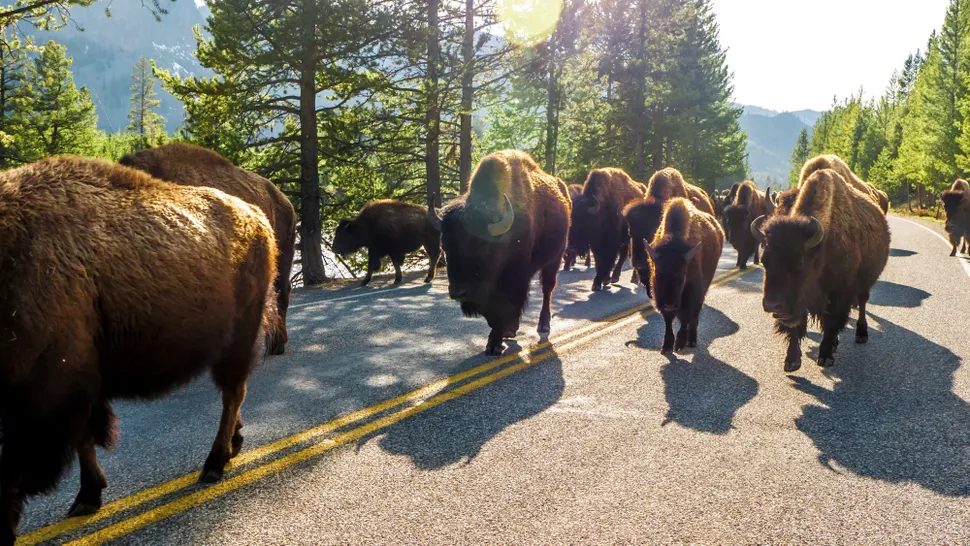Yellowstone National Park officials are preparing for a substantial culling of their wild bison herd this winter, aiming to prevent population growth after last year’s milder conditions limited removal efforts.
In a recent report, park managers proposed removing as many as 1,375 bison, a target close to the 2022-2023 winter removal of 1,551 bison, which sparked public protests.
This recommendation follows the park’s updated bison management plan, approved in July, which prioritizes population control through hunting and transferring quarantined bison rather than slaughter.
Currently, Yellowstone’s bison herd stands at around 5,449, exceeding the five-year post-calving average of 5,130.
The park aims to keep the herd below 5,200 to control brucellosis—a disease that can impact cattle.
Although elk also transmit the disease, concerns over bison leaving the park boundaries persist, leading to removal programs involving tribal hunting and meat transfers to Native American communities.
This winter, officials plan to increase removals if harsh weather prompts more bison to migrate out of park boundaries in search of food.
“The size of the migration is driven by weather, which is outside the control of the NPS and its partners,” noted Yellowstone Bison Program Manager Chris Geremia.
In years with milder winters, like last year, fewer animals migrate, and fewer are removed.
The management approach still faces criticism from advocates. Groups like Yellowstone Voices argue that the updated plan doesn’t adequately address the restrictions confining bison to park boundaries.
“The time has come to end Montana‘s senseless, inhumane blockade and to allow our national mammal to migrate to open and available public lands,” says Jared Pettinato, an attorney for Yellowstone Voices, who believes freer migration would increase tribal hunting opportunities and meat availability for communities.
This article by Trinity Sparke was first published by One Green Planet on 2 November 2024. Image Credit :Scott Canning/Shutterstock.
What you can do
Help to save wildlife by donating as little as $1 – It only takes a minute.







Leave a Reply